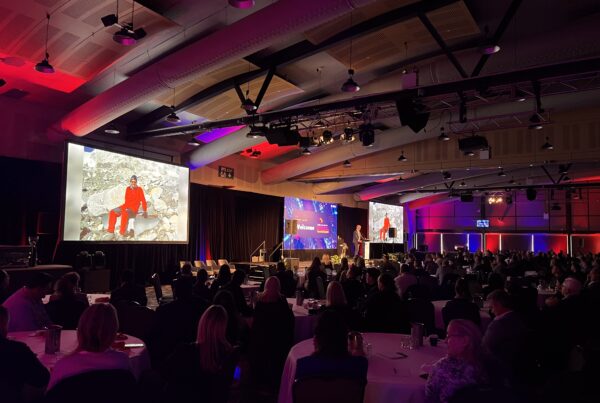Melissa Cefkin is Principal Scientist and Design Anthropologist at Nissan. In an unusual move, she was hired by the company in March 2015. At Nissan’s research center in Silicon Valley, Cefkin’s job is to ensure that humans still take center stage despite extensive automation. Cefkin explains why this is vital.
2025AD: Ms. Cefkin, your job description seems paradoxical. As an anthropologist, you study human beings. But with Nissan, you are working on a process that aims to replace humans with computers. Can you resolve this contradiction?
Melissa Cefkin: Yes, easily. It’ll still take many years before a vehicle’s electronics will be able to assume all driving duties at all times, under all conditions. In the next few years, the question won’t simply be, man or machine? Rather, it will be about establishing a smooth cooperation between the two, with an emphasis on team work and task sharing. You need to understand humans if you want to provide them with an automated partner.
2025AD: So this is just a temporary job?
Cefkin: Quite the contrary! Even if at some point humans are no longer needed to steer vehicles, they will still interact with them – be it as a passenger, a road user in another vehicle, a cyclist or a pedestrian. So it can’t hurt to have someone with “knowledge of human nature” accompany this process and ensure a trouble-free coexistence. No matter how you look at it: even with autonomous driving, the human being is still central.
2025AD: Can you give us specific examples of how your team is shaping the development of the Nissan ProPilot?
Cefkin: We focus on two main topics. The first is the communication between man and machine – inside the vehicle, as well as between the vehicle and its environment. How do we create the necessary confidence of passengers in the ProPilot? How do we inform other road users about what our car is thinking and doing? An autonomous Nissan Leaf will not be able to communicate via hand gestures or eye contact like human drivers. This sounds trivial, but it isn’t. We need to find a “language” that is as universal as possible. As a mass producer of affordable cars, we are not only considering Japanese, U.S. or Central European markets for our autonomous models; we are also taking other countries into account that may not be as developed.
2025AD: What is the second main topic?
Cefkin: In our research center in Silicon Valley, we work on the same floor as the programmers, electronics engineers and experts for artificial intelligence. Here, we frequently work together on the same issues. Take right-of-way rules at a crossroads, for instance. You can easily transfer them into an algorithm. But unlike an autopilot system, human beings do not always follow the rules. There are countless situations that make it necessary to break the rules or at least interpret them flexibly. But robots can’t deal with that if they are based on rigid programs. Instead, we have to provide the machine with “human” traits. This means creating scope for interpretation and action so that the machine can complete the task. This is where we help. We make sure theory and practice do not diverge. We are kind of a reality check for the calculation models of the driving systems.
2025AD: What is the outcome of your work?
Cefkin: We just presented our new Seamless Autonomous Mobility system (SAM) at CES. It perfectly illustrates the human role in this area. Every time the ProPilot reaches its limits in a complex situation, it gets advice from an expert – a kind of supervisor who can log in to the vehicle’s data stream and analyze the situation within seconds. The expert can then react. For instance, they can “allow” a car to ignore road markings, such as driving over a solid line to overtake instead of waiting for hours behind a broken-down vehicle – only if the adjacent lane is free of course. This information will be shared over the cloud in real time and the action therefore remembered. So even if one day there are no drivers on board, humans will still prevail.
2025AD: Clearly, autonomous driving is more to you than an algorithm based on sensor data and a digital map. Considering this, how do you picture the perfect autonomous car?
Cefkin: I think a car with the perfect technology that always makes the right decision would not be sufficient if the passengers deem the car’s behavior to be unnatural. They wouldn’t accept the vehicle. In my opinion, an autonomous vehicle also needs to be “human” to fully succeed.
This story is sourced from www.2025ad.com | Photos: Nissan






















